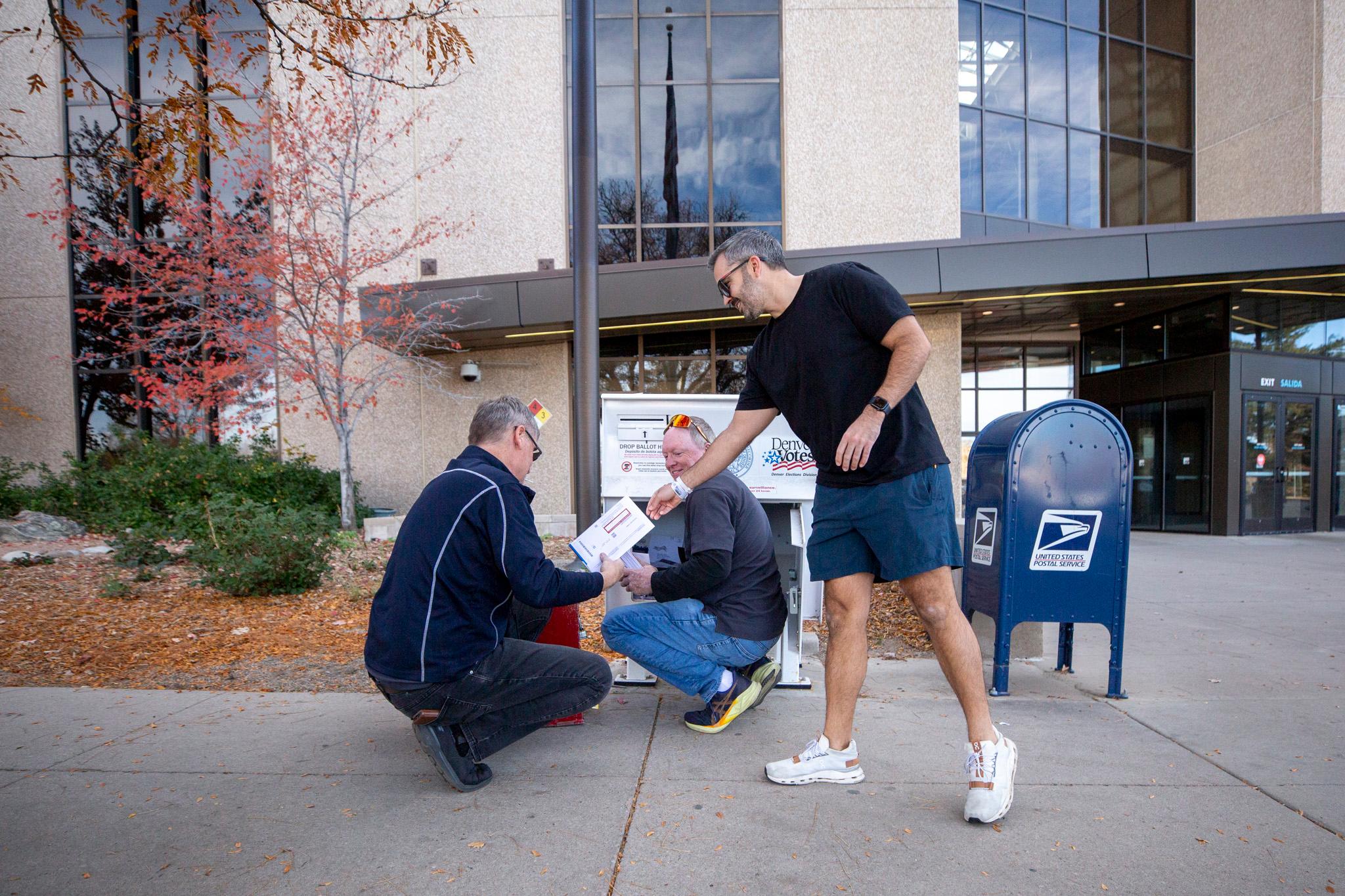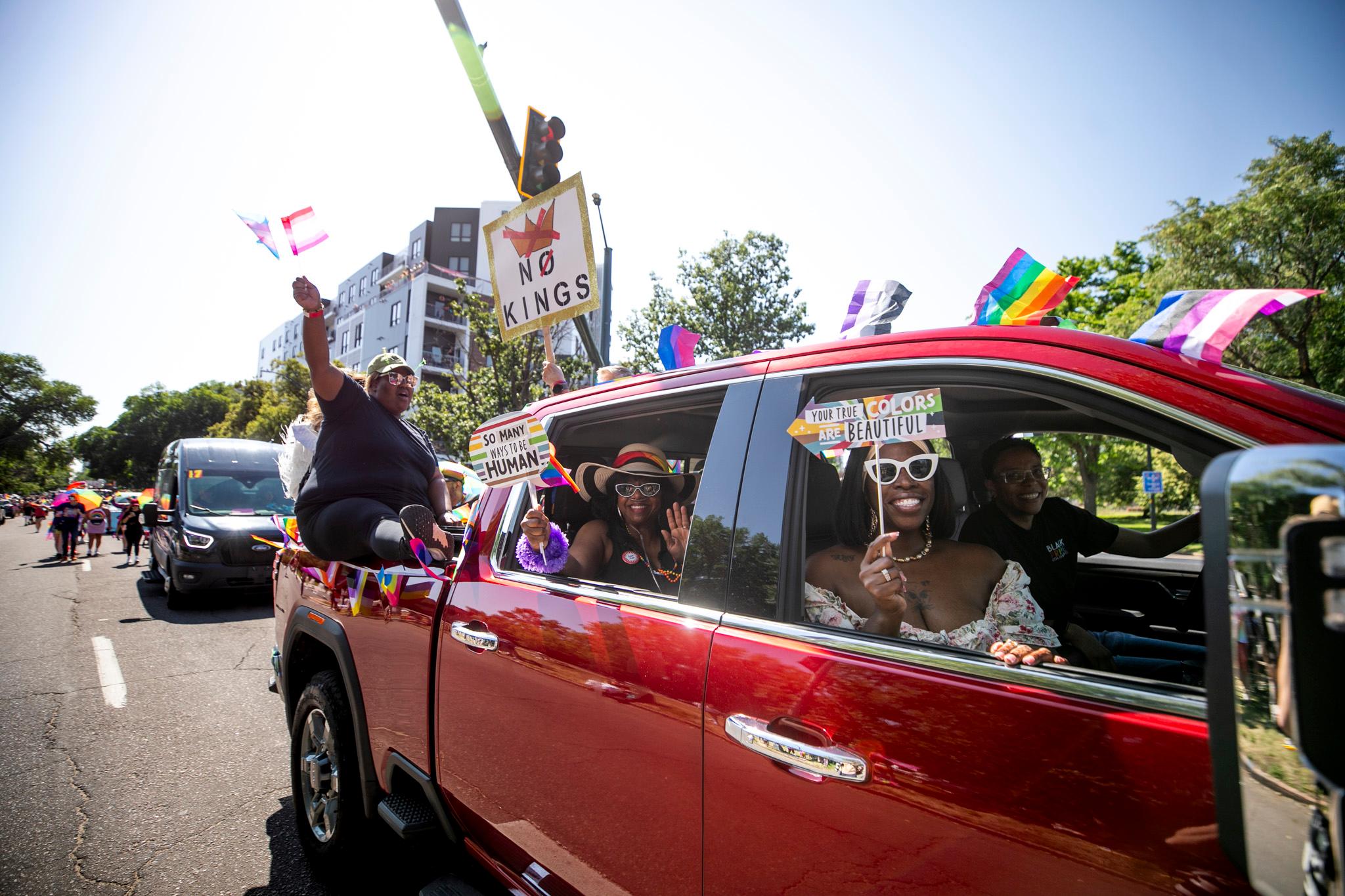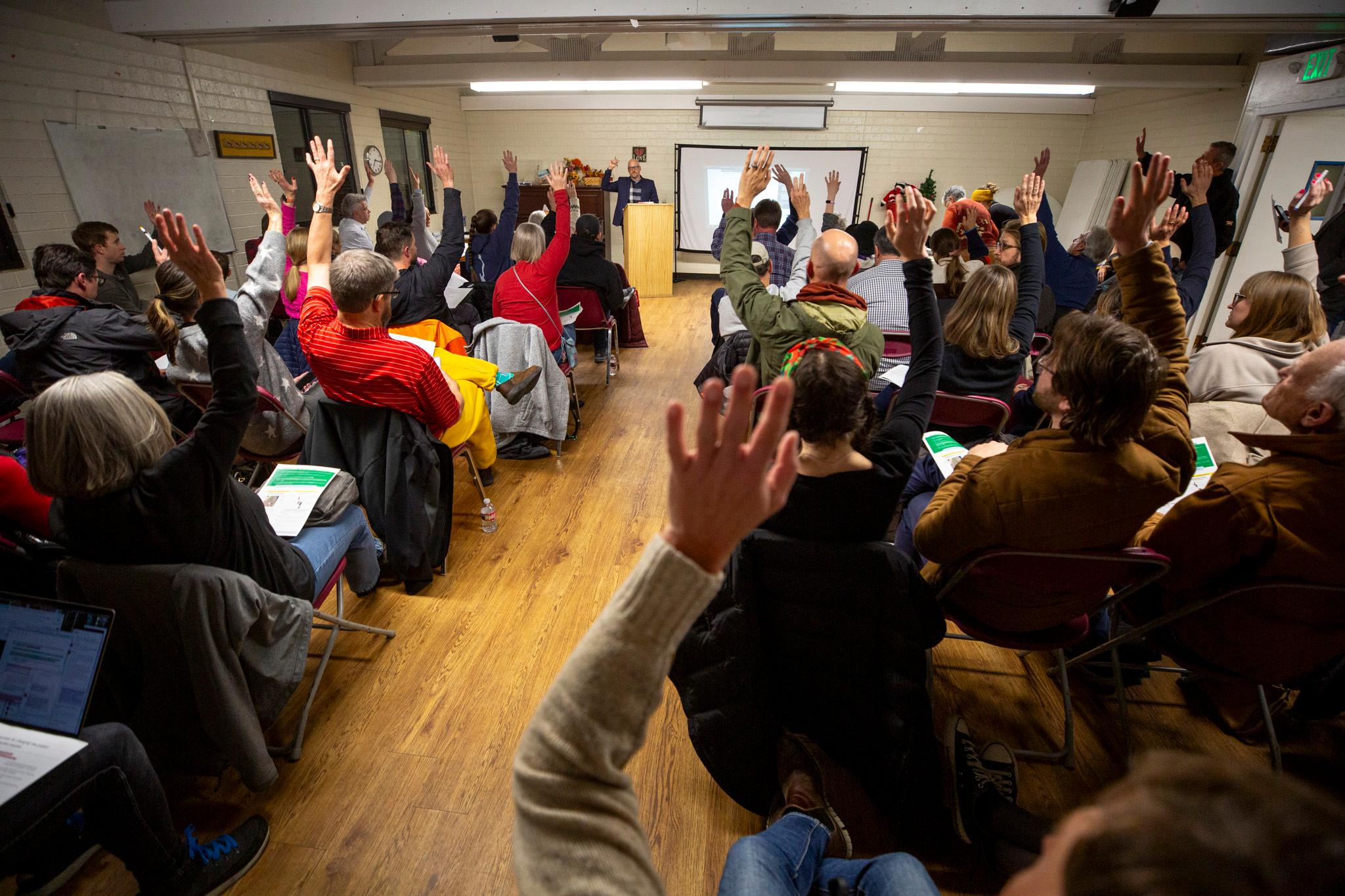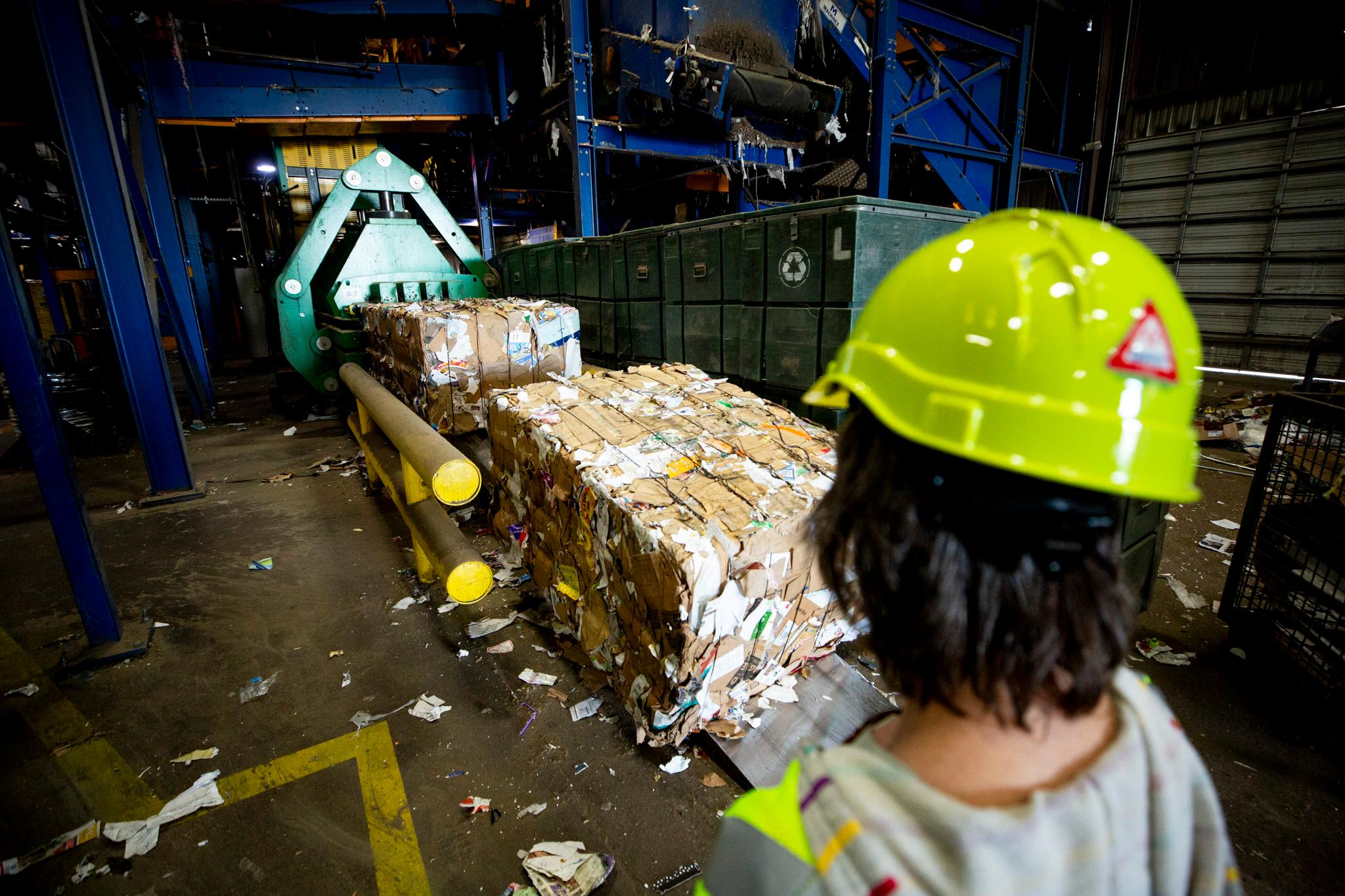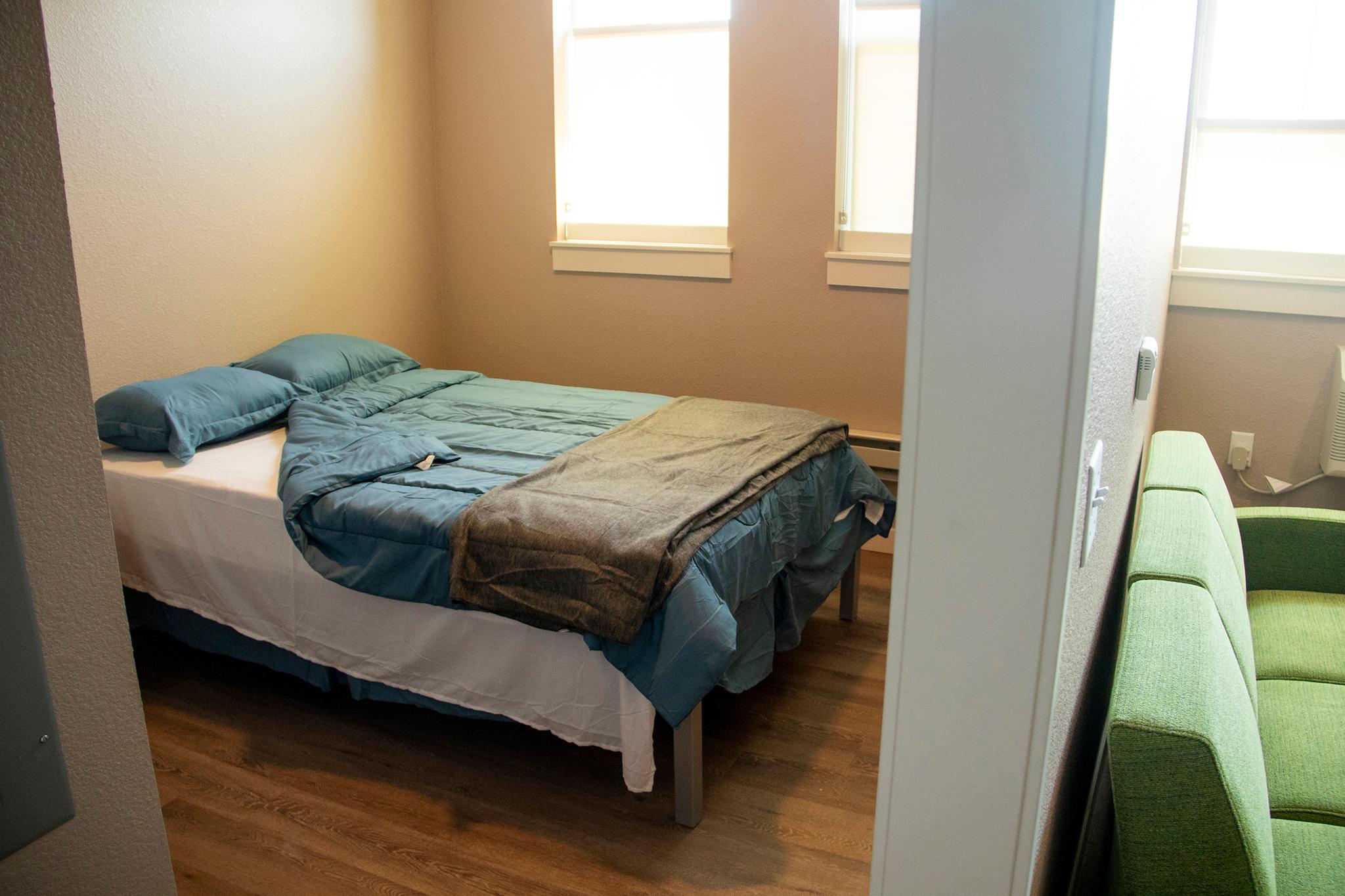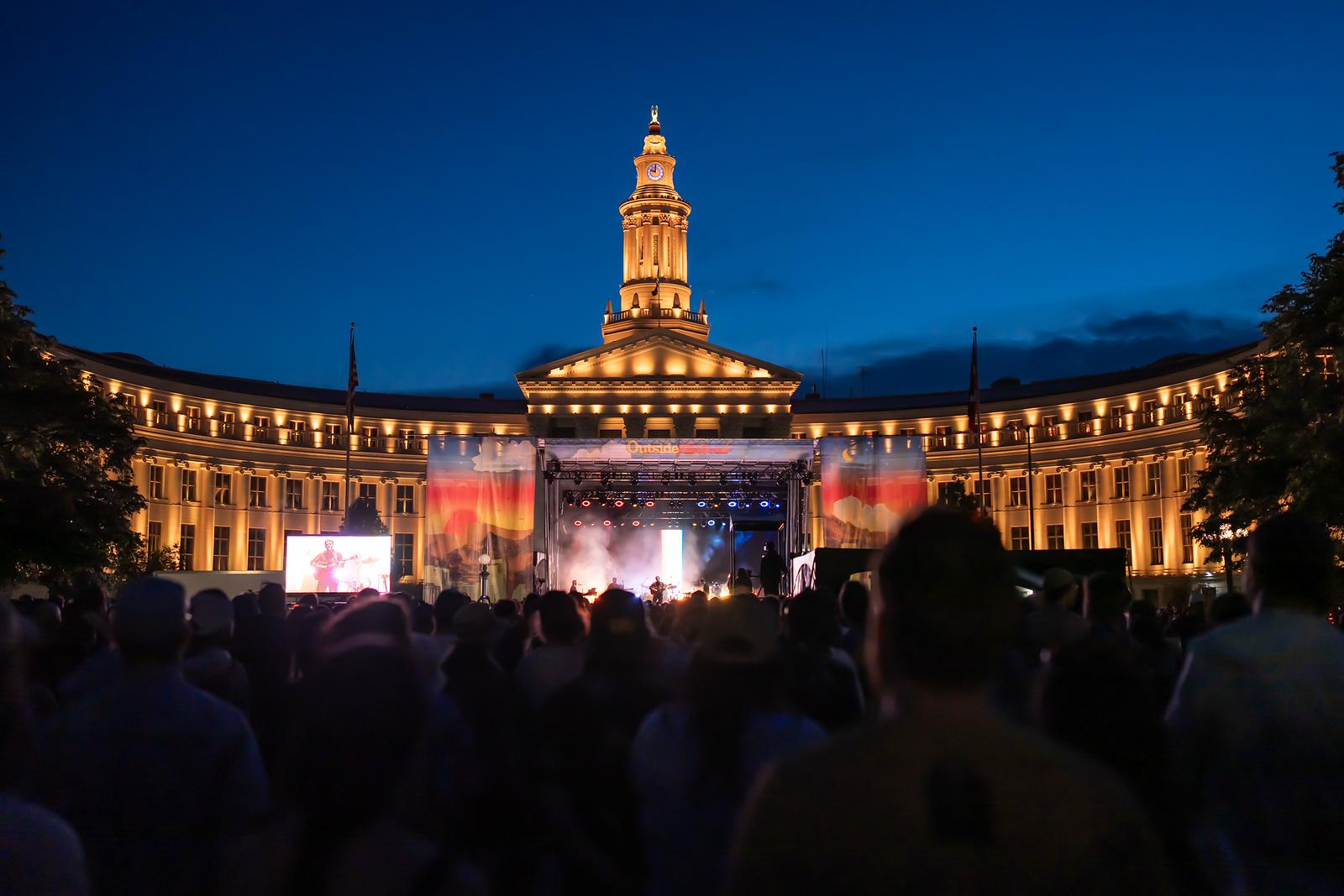Denver voters turned out in relatively high numbers to vote on local and statewide ballot measures last week.
The city’s election division said unofficial results show that about 192,000 Denverites cast ballots this election — about 35 percent of registered voters. Turnout statewide was slightly higher.
It’s one of the highest voter turnouts for Denver in recent odd-year elections. Comparable elections have averaged about 32 percent in recent years.
But it's still eclipsed by turnout in even-year elections, when voters are drawn in by presidential, gubernatorial and congressional races.
Voters may have been motivated by the national “blue wave,” since Denver leans heavily Democratic. Democrats swept elections from California to Georgia and New York City. Denver voters didn’t have any competitive races to weigh in on, but they did support a local spending package, a ban on flavored nicotine and a statewide measure about free school lunches.
Here are three more takeaways from Denver’s election data.
The Vibrant Denver bond passed at higher margins than the last bond — for the most part.
All five Vibrant Denver bond measures passed handily, greenlighting $950 million in capital construction projects over the next six years.
Still, two measures were considerably less popular. Measures 2A and 2D passed with 63 percent and 64 percent of the vote, respectively. The rest of the package passed with more than 67 percent of the vote — higher margins than any of the 2021 RISE Denver bond measures received.
Measure 2A, which focused on transportation projects, was criticized for its inclusion of infrastructure around the proposed location of a new Denver Broncos stadium and for a lack of focus on building safer streets for alternative modes of transportation. Measure 2D covered city facilities and received pushback from progressive groups over its inclusion of a $75 million training facility for police and other first responders.
Overall, voters have grown slightly more skeptical of bond packages. The 2017 Elevate Denver measures passed with average approval of more than 70 percent — notably higher than the 2021 and 2025 packages.
The at-large election proposal was the most contentious.
It’s true: Denver was in a “yes” mood this election, with every single ballot measure being approved.
But one ballot measure was noticeably closer than the others. Measure 2G passed with 54 percent of the vote.
It was also the ballot initiative with the fewest total votes. More than 15,000 voters skipped 2G.
Masket said that indicates the ballot measure confused voters.
“It's asking people not just to care about city council elections, but to care about how city council elections are conducted, which that's already way in the weeds,” he said.
Measure 2G was supported by Councilmember Kevin Flynn and other elected officials and backed by Forward Denver, a group that helped unseat two left-leaning politicians in Denver.
It was the only initiative opposed by the Denver Democratic Party. Other opponents included progressive political groups, like the Democratic Socialists of America and the Working Families Party.
Young voters were more engaged, but they still lag behind.
This year, about 23 percent of the electorate was under 35, according to preliminary results from the Clerk and Recorder’s Office. That’s low, considering they make up more than a third of the city’s adult population.
But it’s an improvement compared to 2023 and 2021.
Seth Masket, a political science professor at the University of Denver, said firing up young voters has been a struggle nationwide.
“They're the ones with just less experience as voters,” Masket said. “They have less commitment to the parties and they're just less likely to follow along, particularly in an odd-year election like this one.”

